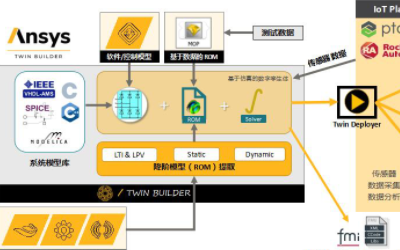Renewables gaining impetus in Asia
Renewable energy power generation is expected to become Asia's dominant power source by 2035, with the per capita cost of electricity in Asia set to drop by more than 40 percent by 2050, said a new report.
According to a report released by Global Energy Interconnection Development and Cooperation Organization in Beijing on Monday, priority needs to be given to developing renewable energy bases rich in resources and outstanding in economic benefits and in transmitting the electricity to load centers while satisfying local needs.
Currently, Asia is confronted with the heavy task of reducing carbon emissions as fossil fuels account for most of its power demand, the report said. The organization said that it is important to accelerate the development of cost-efficient clean energy production bases at locations with rich resources in West Asia and Central Asia, Mongolia, Russia, northern and western parts of China, and deliver energy to regions such as South and Southeast Asia, eastern parts of China and Japan.
The organization suggested the opening of power routes connecting Asia with Europe, Africa and Oceania to promote intercontinental support, it said.
The GEI is a globally interconnected smart grid, with ultrahigh voltage grids as its backbone. The GEI initiative was proposed in September 2015 at the UN Sustainable Development Summit, aiming to meet the global power demand with clean and green alternatives.
Asia is one of the most vigorous regions with the greatest potential in the world, and Asian Energy Interconnection is an important component of the GEI and pathway for Asia's energy transition, according the report.
Experts said the Global Energy Interconnection Initiative provides a key to solutions that can efficiently use rich and renewable resources. However, it still requires further efforts to lower the cost of renewable energy power generation and transmission to make the renewable energy the dominant one by 2035.
While China's renewable energy generation and consumption have been on the rise, issues like solar and wind power waste still remain a problem, said Li Li, energy research director at energy consultancy firm ICIS China.
Statistics show that hydro, solar, and wind energy resources account for 47 percent, 28 percent, and 30 percent of the world respectively, which are inversely distributed with population and economy.
According to Liu Zhenya, chairman of GEIDCO, by expediting clean replacement and electricity replacement, GEI will significantly improve the electrification level of the whole society and help restore fossil energy to industrial raw materials.
Liu said GEI provides fundamental solutions to address the long-term contradiction between development and emission reduction faced by countries worldwide.
"By leveraging the differences in resource distribution, time zones, seasons and electricity prices, GEI can advance the intensive development and the efficient large-scale allocation of global clean energy," he said during the Global Energy Interconnection (Asia) Conference held in Beijing on Monday.
Currently, Asia is confronted with the heavy task of reducing carbon emissions as fossil fuels account for most of its power demand, the report said. The organization said that it is important to accelerate the development of cost-efficient clean energy production bases at locations with rich resources in West Asia and Central Asia, Mongolia, Russia, northern and western parts of China, and deliver energy to regions such as South and Southeast Asia, eastern parts of China and Japan.
The organization suggested the opening of power routes connecting Asia with Europe, Africa and Oceania to promote intercontinental support, it said.
The GEI is a globally interconnected smart grid, with ultrahigh voltage grids as its backbone. The GEI initiative was proposed in September 2015 at the UN Sustainable Development Summit, aiming to meet the global power demand with clean and green alternatives.
Asia is one of the most vigorous regions with the greatest potential in the world, and Asian Energy Interconnection is an important component of the GEI and pathway for Asia's energy transition, according the report.
Experts said the Global Energy Interconnection Initiative provides a key to solutions that can efficiently use rich and renewable resources. However, it still requires further efforts to lower the cost of renewable energy power generation and transmission to make the renewable energy the dominant one by 2035.
While China's renewable energy generation and consumption have been on the rise, issues like solar and wind power waste still remain a problem, said Li Li, energy research director at energy consultancy firm ICIS China.
Statistics show that hydro, solar, and wind energy resources account for 47 percent, 28 percent, and 30 percent of the world respectively, which are inversely distributed with population and economy.
According to Liu Zhenya, chairman of GEIDCO, by expediting clean replacement and electricity replacement, GEI will significantly improve the electrification level of the whole society and help restore fossil energy to industrial raw materials.
Liu said GEI provides fundamental solutions to address the long-term contradiction between development and emission reduction faced by countries worldwide.
"By leveraging the differences in resource distribution, time zones, seasons and electricity prices, GEI can advance the intensive development and the efficient large-scale allocation of global clean energy," he said during the Global Energy Interconnection (Asia) Conference held in Beijing on Monday.








